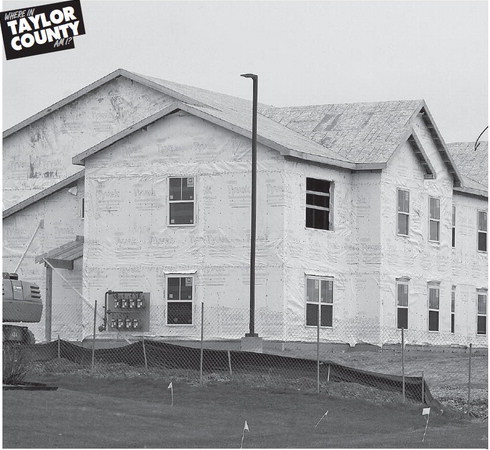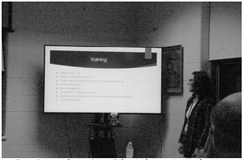Ranked choice voting is worth talking about
Star News
Editorials
Arguments for/against Ranked Choice Voting
A bipartisan proposal to upend how Wisconsin voters cast their ballots may not be the cure-all that its supporters believe it will be, but it is worth talking about as Wisconsin and America continue to strive toward a more perfect union.
Under the proposed legislation, voters would be asked to rank their choice of candidates. If no candidate gets over 50% of the vote, the candidate with lowest number of votes gets eliminated and their votes get distributed to the other candidates based on the voters’ ranked choice.
If the system seems complicated that is because it is. In a large field of candidates with many voters, ranked choice voting could lead to headaches for election officials. Proponents of ranked choice voting say the benefits of having a more fair and accurate representation of the will of the people outweighs any headaches and also forces candidates to look outside their core base of supporters and at least make a token effort of appealing to others.
The core appeal of ranked choice voting is those who are on the edges of the two major parties and who otherwise would support third-party candidates. Wisconsin’s current election system, like that of most states, is based on whoever gets the most votes wins. This works well in a two-candidate race, but the introduction of third party candidates inevitably leads to spoilers pulling votes away from the major party candidates. Under ranked choice voting, the impact of these disrupter candidates is minimized since they will likely be eliminated after the first round of ballots are counted with their votes going to whichever mainstream party their supporters are most aligned with.
Ranked choice voting is not a new concept. Both Alaska and Maine use the system on a statewide basis with Maine’s residents pushing for it after electing a governor who only received 38% of the vote in 2010. Maine adopted the system in 2016. Alaska just switched to it in 2020. Arkansas, Alabama, Louisiana, Mississippi and South Carolina use the system for their military and overseas ballots to make sure these voters have a voice in runoff elections.
Where ranked choice voting has had a track record of success is on the local level in many large cities across the country.
A wholesale change in how Wisconsin voters pick candidates is unlikely to happen anytime soon. However, discussion of ranked choice voting is worthwhile if for no other reason than to recognize that the current voting system is far from perfect with a tendency to focus on the loudest and most well-funded candidates which drowns out other viewpoints.
As part of any election reform process, Wisconsin lawmakers must look at PRO Majority Rule — In a plurality election with several candidates, the winner may receive less than a majority of the votes, and some may see that as a problem. Supporters of ranked choice argue that candidates should receive at least 50% of the vote to win so that a true majority rules.
Eliminates “Spoilers” — Another possible benefit is that ranked-choice voting limits the “spoiler” effect of independent or minor-party candidates. In a plurality election, it’s possible for minorparty candidates to siphon off votes from major-party candidates. Examples of this are Ross Perot in 1992 and Ralph Nader in 2000, in which election results were impacted by the presence of the spoiler candidates.
Increased Access — Ranked-choice voting may also bolster access for military and overseas voters when a primary race necessitates a runoff. Federal law mandates ballots be sent 45 days ahead of time to overseas voters, a difficult deadline to meet for a primary runoff. Five states use a ranked-choice system for military and overseas voters. This ensures those voters still have a vote in the runoff—their first choice if that candidate is still in the race, or their second choice if the first choice has been eliminated.
options such as ranked choice voting in determining how future elections should be run.
CON
Fairness is in the eye of the beholder — Who’s to say that winning with a plurality but not a majority is a problem? In addition, if a voter decides to only vote for one candidate and not rank the others (sometimes called “bullet” voting), and the counting goes to a second level, the voter’s ballot would be “exhausted” and may not count at all, thus nullifying that citizen’s vote.
A Polarized Populace — While supporters argue that ranked choice forces candidates to appeal for second- and third- place votes, doubters say that today’s polarized environment likely means voters won’t cross the aisle in signifi cant numbers anyway. If anything this could also lead to more radicalization as candidates veer more to the fringes to pick up votes.
It is complicated — Because ranked choice voting is a change from the traditional and historical voting method in the United States there are concerns that the voting populace will not be properly educated about the new system. This could lead to frustration by voters and the possibility that voters will not properly complete their ballots and have their votes nullified if they only vote for one candidate and that candidate does not advance beyond the first round.
Source: National Conference of State Legislators





